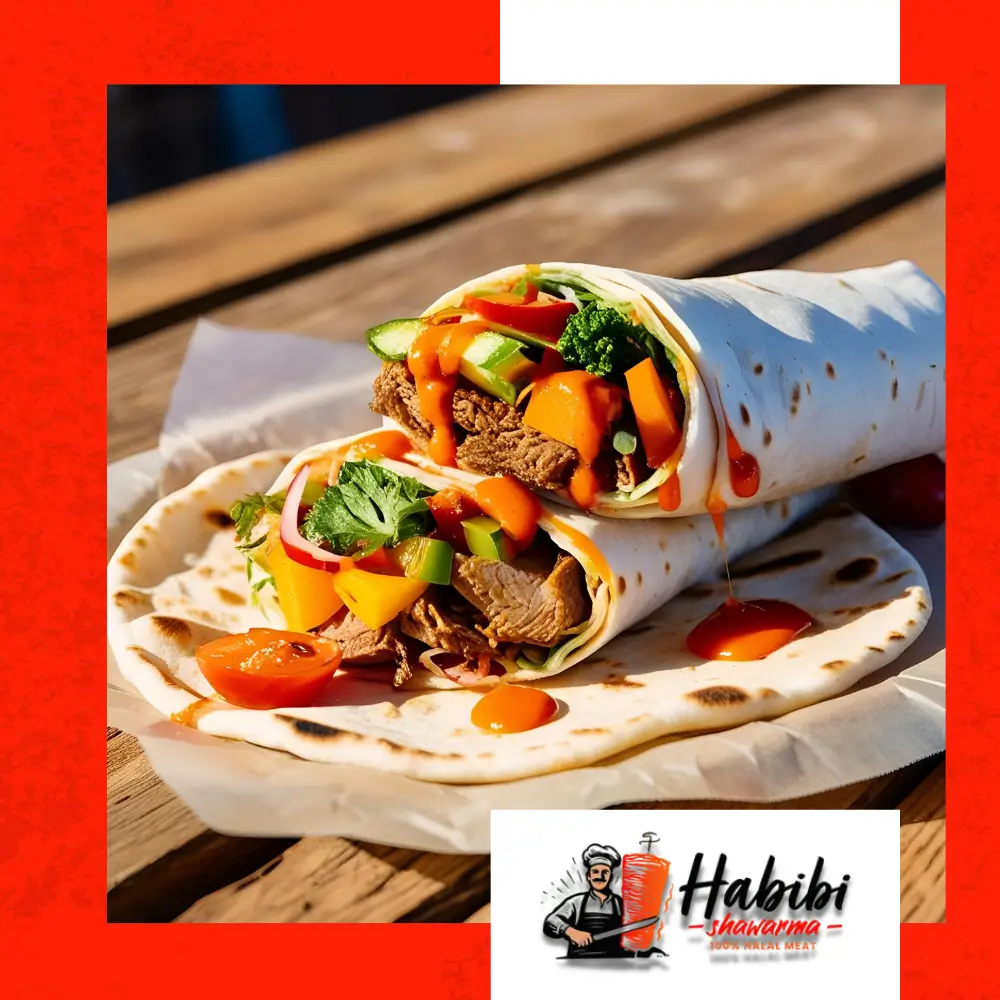When you think of shawarma, you probably picture juicy slices of spiced meat shaved off a vertical rotisserie, wrapped in warm pita, and topped with creamy sauces and fresh veggies. But what makes shawarma so irresistibly delicious? The answer lies in the art of slow-roasting, a traditional Mediterranean cooking method that unlocks deep flavor and unbeatable texture.
What Is Shawarma?
Shawarma is a beloved street food found across the Middle East and Mediterranean regions. It typically consists of marinated cuts of beef, chicken, lamb, or turkey layered on a vertical spit and slow-roasted for hours. As the outer layer crisps up, it’s sliced thin and served in flatbread with flavorful sides like garlic sauce (toum), pickled vegetables, tahini, and sometimes hummus or amba.
Whether you call it shawarma wrap, chicken shawarma, or beef shawarma, the cooking process is what elevates this dish to legendary status.
The Secret: Slow-Roasting on a Vertical Spit
Authentic shawarma preparation begins with layers of marinated meat stacked on a vertical rotisserie. This slow-turning spit rotates over heat—either a gas flame or charcoal—for hours. As the meat cooks, the juices drip downward, self-basting each layer and locking in moisture.
This slow-roasting method is essential for two reasons:
- Flavor development: The meat absorbs the marinade over time, allowing spices to penetrate deep into each layer.
- Perfect texture: The outer layer crisps beautifully while the inside remains tender and juicy.
It’s this contrast of crispy edges and soft, savory slices that makes Mediterranean shawarma so satisfying.
The Marinade: A Symphony of Mediterranean Spices
Before the meat even touches the spit, it’s bathed in a bold, aromatic shawarma marinade—a key element in its irresistible flavor. Traditional blends include:
- Cumin
- Coriander
- Paprika (often smoked)
- Allspice
- Turmeric
- Garlic
- Cinnamon
- Cardamom
This spice mix is usually combined with lemon juice, vinegar, and olive oil. For chicken shawarma, yogurt is often added to tenderize the meat. The result? A complex flavor profile that’s warm, smoky, tangy, and slightly sweet.
How Shawarma Differs Across the Mediterranean
While the core concept remains the same, regional variations bring unique touches to shawarma recipes:
- Lebanese Shawarma: Often served with garlic sauce, pickled turnips, and parsley in thin flatbread.
- Israeli Shawarma: Typically made with turkey and topped with amba (pickled mango sauce) and Israeli salad.
- Turkish Döner: A close cousin to shawarma, cooked similarly but seasoned differently and served in lavash or bread.
- Egyptian Shawarma: Heavily spiced and often includes vinegar in the marinade for extra tanginess.
These cultural influences make shawarma one of the most diverse and flavorful dishes in the Mediterranean region.
Can You Make Shawarma at Home?
Yes, you can! While most home kitchens don’t have a vertical rotisserie, you can mimic the slow-roasting process using an oven or grill. Stack marinated meat on skewers or roast flat in a hot oven. Use high heat to crisp the edges and low heat to keep the interior juicy.
Serve your homemade shawarma meat in a pita wrap with toppings like:
- Garlic yogurt sauce or tahini
- Shredded lettuce and tomatoes
- Pickled red onions or turnips
- Hummus or baba ganoush
This way, you can bring the essence of traditional shawarma cooking right into your own kitchen.
Healthier Shawarma Alternatives
Craving a healthier version? Opt for grilled chicken shawarma with a yogurt-based marinade, served in a lettuce wrap or bowl. Many people also love shawarma rice bowls or quinoa shawarma salads—great options for meal prepping or light lunches. Vegetarian versions using mushrooms or chickpeas are also delicious and protein-packed.
Final Thoughts
At the heart of great shawarma is the slow-roasting method that brings out every nuance of flavor. Combined with a rich blend of Mediterranean spices, this cooking technique creates a dish that’s as much about tradition as it is about taste. Whether you’re enjoying it from a food cart in Beirut or your own backyard grill, one bite of well-made shawarma reveals why this dish has stood the test of time.
Now that you know the secrets, go ahead—try your hand at mastering the flavorful world of shawarma.
READ MORE:
Traditional Marinades for Mediterranean Shawarma: What Makes Them Special?
The Secrets Behind Traditional Mediterranean Shawarma Preparation

